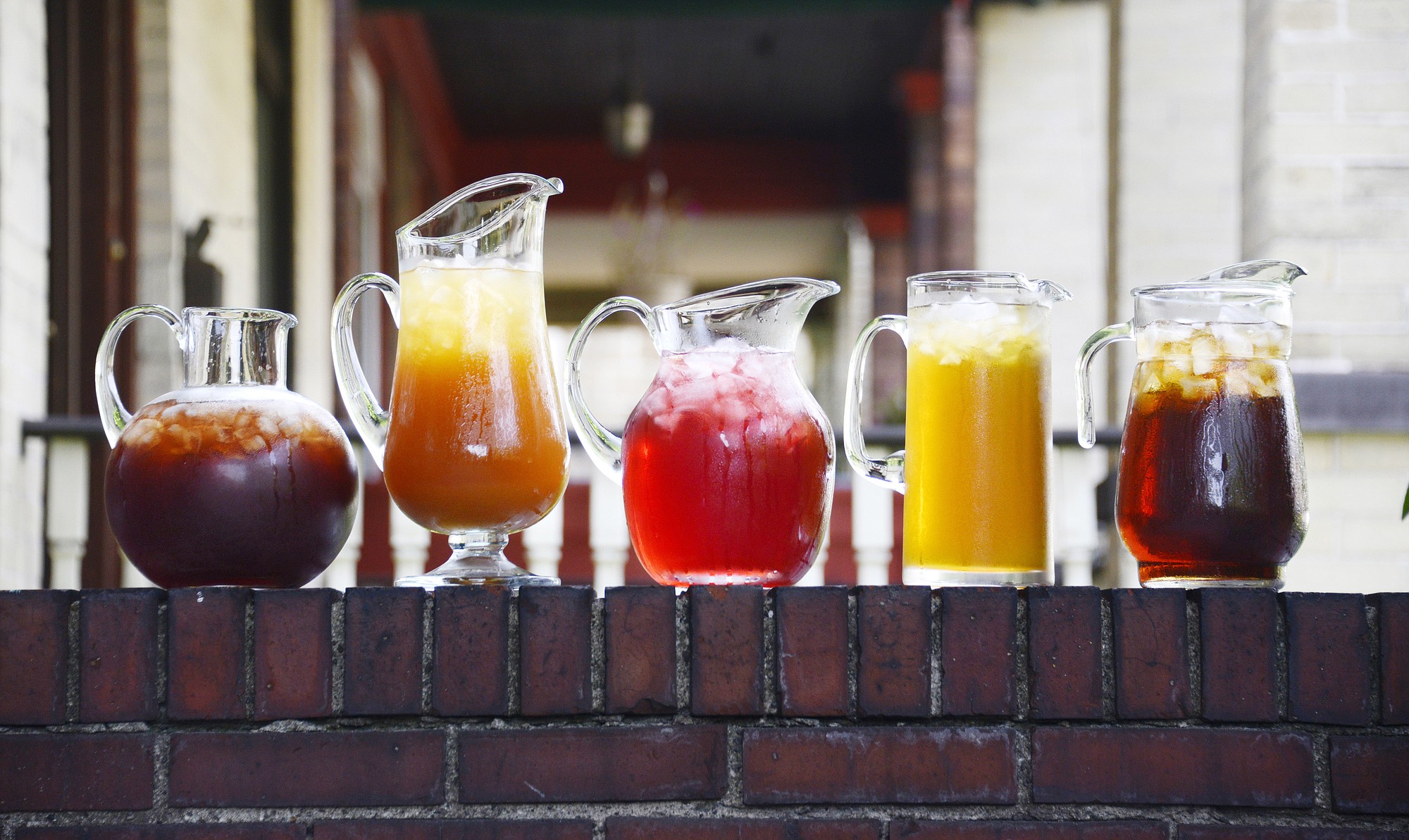BY THE NUMBERS
82 percent of Americans drink tea.
85 percent of women drink tea.
79 percent of men drink tea.
85 percent of the tea consumed in the U.S. is iced tea.
46 percent of tea drinkers use sugar (includes artificial sweeteners).
4 percent use honey.
70 percent add lemon.
43 percent go for tea to boost their immune system.
37 percent drink tea to calm them down.
26 percent choose tea to maintain a healthy weight.
— Source: Tea Association of the USA.
BEST TEA TYPE
Varieties recommended for iced teas are:
• Jasmine green tea: Flowery fragrance and subtly sweet.
• Matcha: Premium green tea powder with lingering sweetness.
• Assam black tea: Robust, malty, aromatic and sweetly dry.
• Oolong tea: Smooth, full-bodied and fragrant.
• Southern Indian Nilgiri tea: Strong, well-balanced, smooth and rounded.
• Ceylon tea: Strong, full-bodied and has a golden color.
Sources: Nathaniel Pantalone, owner of Dobra Tea in Squirrel Hill, and Cynthia Gold, tea sommelier of L’Espalier in Boston.
Iced tea is a simplicist.
After all, it requires only two ingredients, one of which is fresh water. The other, tea, could be black, green, white or herbal.
But even though it’s a minimalist drink, it does have a spot among the pantheon of cold beverages and harps on quality.
Good, fresh tea leaves and water are paramount for a perfect iced tea. “It is important to use fresh ingredients because they give the best flavor,” says Nathaniel Pantalone, owner and manager of Dobra Tea in Pittsburgh’s Squirrel Hill.



